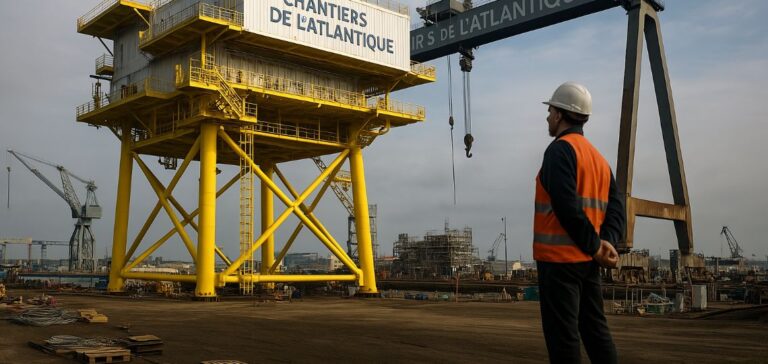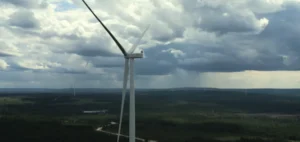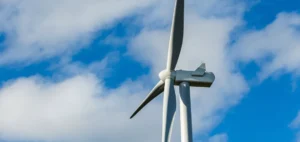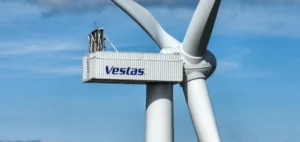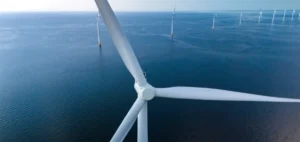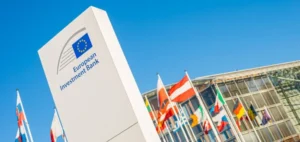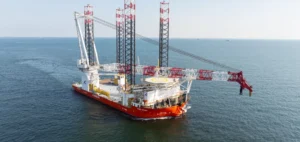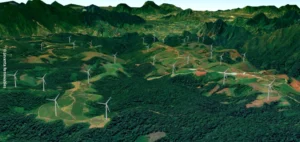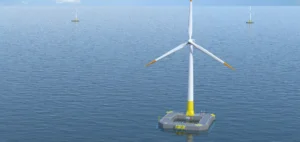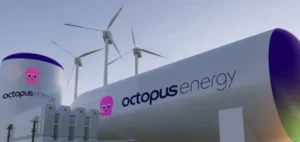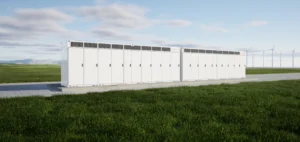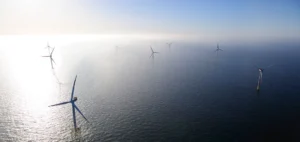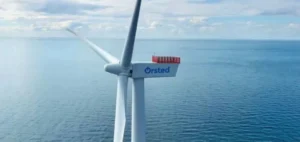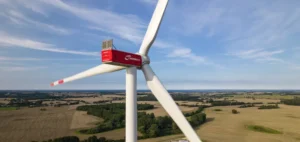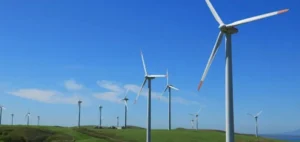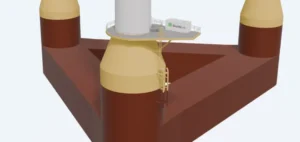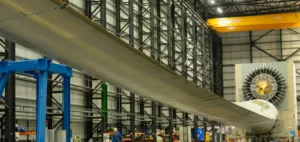Chantiers de l’Atlantique has initiated a strategic pivot towards offshore wind, a move launched in 2010 that has entered a phase of rapid expansion. The Marine Energy division’s revenue doubled between 2023 and 2024 and is set to double again in 2025, reaching approximately €400 mn, according to Frédéric Grizaud, director of the division. The company, based in Saint-Nazaire, constructs offshore electrical substations for several projects in France and abroad, particularly in the United Kingdom, Germany, and Belgium.
Industrial diversification driven by exports
In response to the economic challenges of the 2010s, the company relied on this activity to restore competitiveness. After operating under the South Korean conglomerate STX Business Group, it returned to French ownership in 2018 and is now held 84.34% by the French State Shareholding Agency (Agence des Participations de l’État), with Naval Group holding 11.67%. The Marine Energy business directly employs 420 people, with 600 to 700 individuals working daily on various projects.
A predominantly European value chain
The current construction of the substation for the Dieppe Le Tréport wind farm illustrates the industrial foundation of this activity. The 40-by-30 metre, 20-metre high module will be completed this summer and installed offshore in the following months. It has been designed, painted and equipped in France, using 80% French components and involving 200 national companies, according to Frédéric Grizaud. The cost of a substation ranges between €100 mn and €300 mn, depending on project specifications.
European positioning and international barriers
The global offshore wind market is still dominated by Europe (45%), followed by China (40-45%), while the United States, Taiwan, and other markets account for a smaller share. Chantiers de l’Atlantique is not active in the Chinese market, which is considered closed to European manufacturers. The company plans to invest €100 mn in the short term to double its production capacity, including the construction of Europe’s second-largest paint cell.
Long-term repowering prospects
Beyond current expansion, the company is anticipating future demand around 2040, when the first generation of offshore turbines installed in the early 2000s will begin to be renewed. This presents a long-term opportunity to maintain the growth momentum. For Frédéric Grizaud, maintaining competitiveness is essential: “If you fall asleep, you’re dead.”


